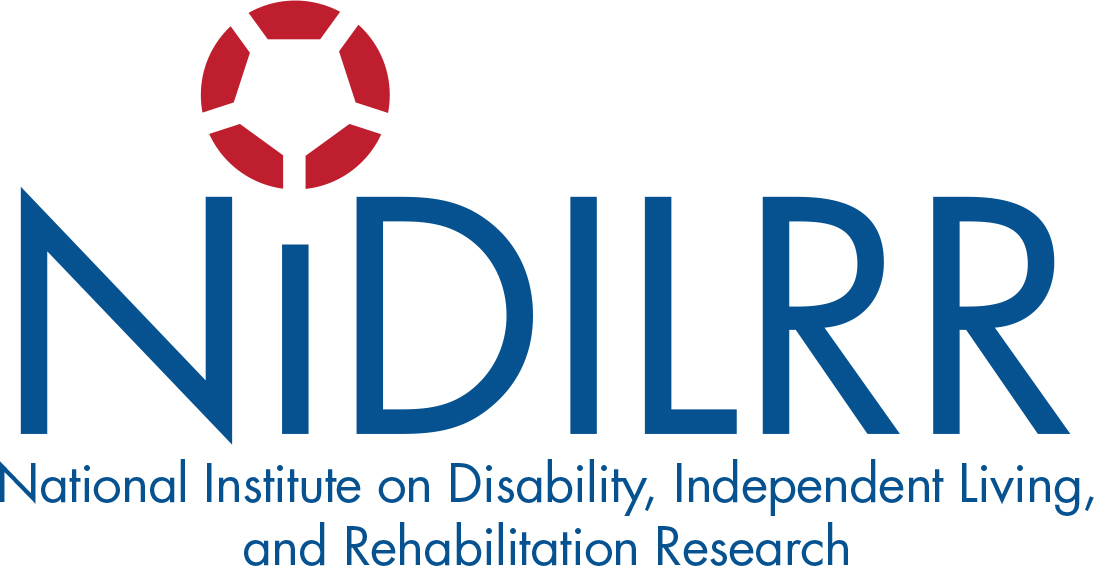Cognitive behavioral interventions and psychotherapy have also been shown to reduce depressive symptoms. Similarly, programs to encourage regular exercise, reduce stress, and improve or maintain health
appear to have benefits in reducing reports of depressive symptoms in persons with SCI.
Summary of Recommendations (below) offered in Depression Following Spinal Cord Injury (PDF), Clinical Practice Guideline published by the Paralyzed Veterans of America and the Consortium for Spinal Cord Medicine.
Treatment
- Formulate a treatment plan identifying:
- Which treatments are to be provided by the primary care physician
- What type of individual and family education needs to be provided and by whom
- Who will address comorbid conditions and how those conditions will be treated
- Specific criteria for referring the individual to a mental health provider
- Provide or refer for psychotherapy by matching the type of psychological intervention to both the identified problem and the therapeutic capacity of the individual.
Psychopharmacological Agents
- If indicated, select appropriate antidepressant medications. Psychopharmacological agents should be considered for individuals who present significant biological, somatic, and/or mood-related symptoms of sufficient severity to disrupt the person’s life and activities of daily living. Selection of a specific agent should be predicated upon the unique characteristics of the individual and the presenting signs and symptoms of depression.
- It is important to review side-effects of each agent secondary systems' functions after SCI are not effected.
Environmental and Social Factors and Social Support System
- Address environmental and social factors and refer to a social worker, rehabilitation counselor, or case manager, as appropriate. When problems in the individual’s support system are identified, treatment interventions should be implemented to strengthen the social support system. These interventions should be directed at one or more of the following areas:
- Education and information regarding available resources
- Referrals to existing community resources
- Development of alternatives to access services or assistance where no existing community resource is readily available
- Advocacy to change public policy to ensure that individuals with SCI have the resources to meet their lifelong needs
Consumer and Family Education
- Provide patient and family education on the following topics:
- Signs and symptoms of depression
- Treatment options
- Medications, side effects, adverse reactions, and drug interactions
- Effect of depression on individuals with SCI/D
- Effect of depression on the family
- Community resources
Evaluation and Modification of Treatment Plan
- Evaluate treatment, focusing on the following elements:
- Evaluation of treatment efficacy
- Modification of treatment, as indicated
- Follow-up with referral sources
References
Depression Following Spinal Cord Injury (PDF), Clinical Practice Guideline published by the Paralyzed Veterans of America and the Consortium for Spinal Cord Medicine.
Bonanno GA, Kennedy P, Galatzer-Levy IR, Lude P, Elfström ML. Trajectories of resilience, depression, and anxiety following spinal cord injury. Rehabil Psychol. 2012 Aug;57(3):236-47.
Schönenberg M, Reimitz M, Jusyte A, Maier D, Badke A, Hautzinger M. Depression, Posttraumatic Stress, and Risk Factors Following Spinal Cord Injury. Int J Behav Med. 2012.
Bombardier CH, Richards JS, Krause JS, Tulsky D, Tate DG. Symptoms of major depression in people with spinal cord injury: implications for screening. Arch Phys Med Rehabil 2004;85:1749-1756.
Elliott TR, Frank RG. Depression following spinal cord injury. Arch Phys Med Rehabil 1996;77(8):816-823.
American Psychiatric Association: Diagnostic and Statistical Manual of Mental Disorders, 4th Edition, Text Revision. Washing ton DC, American Psychiatric Association, 2000.
Tate DG, Forchheimer MB, Maynard F, Dijkers M. Predicting depression and psychological distress in persons with spinal cord injury based on indicators of handicap. Am J Phys Med Rehabil, 1994;73:175-183.
Herrick S, Elliott TR, Crow F. Social Support and the prediction of health complications among persons with spinal cord injuries. Rehabil Psychol 1994;39:231-250.
S Mehta, S Orenczuk, K T. Hansen, J L. Aubut, S L. Hitzig, M Legassic, R W. Teasell. An Evidence-Based Review of the Effectiveness of Cognitive Behavioral Therapy for Psychosocial Issues Post Spinal Cord Injury. Rehabil Psychol. 2011 February; 56(1): 15–25.
